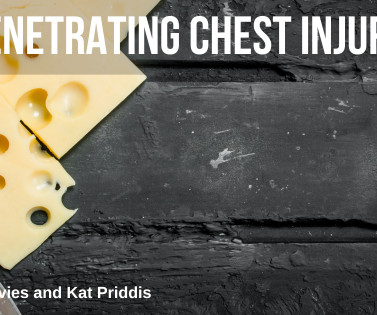emDOCs Podcast – Episode 110: Primary Spontaneous Bacterial Peritonitis
EMDocs
NOVEMBER 13, 2024
Mild hypothermia is normal in patients with advanced cirrhosis; consider lowering threshold for fever to 37.8 Marked hypothermia is specific for SBP (> 90%), and it’s a poor prognostic finding. Management: Patients can rapidly progress to septic shock and multiorgan failure. 2014 Sep;109(9):1436-42.
















Let's personalize your content